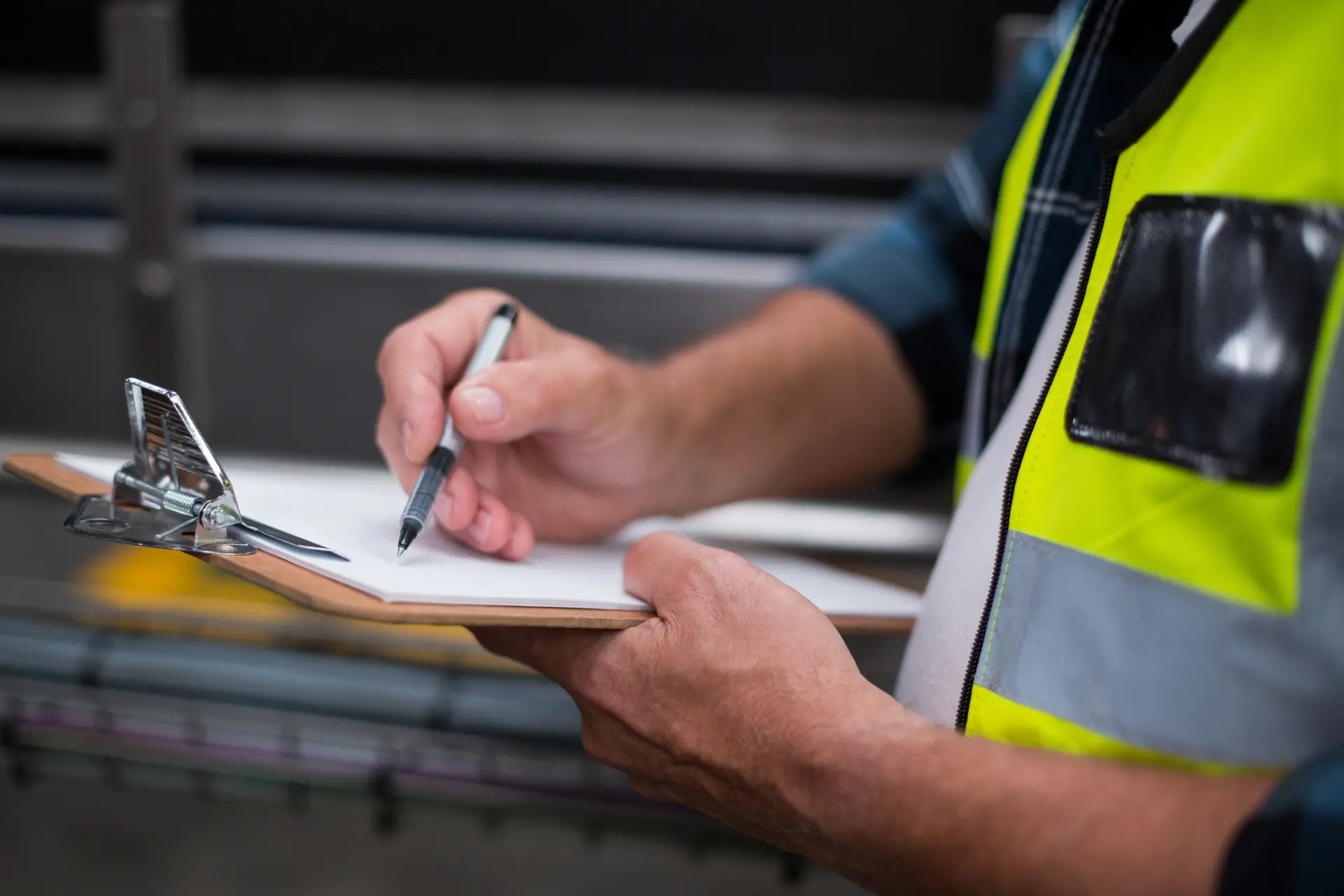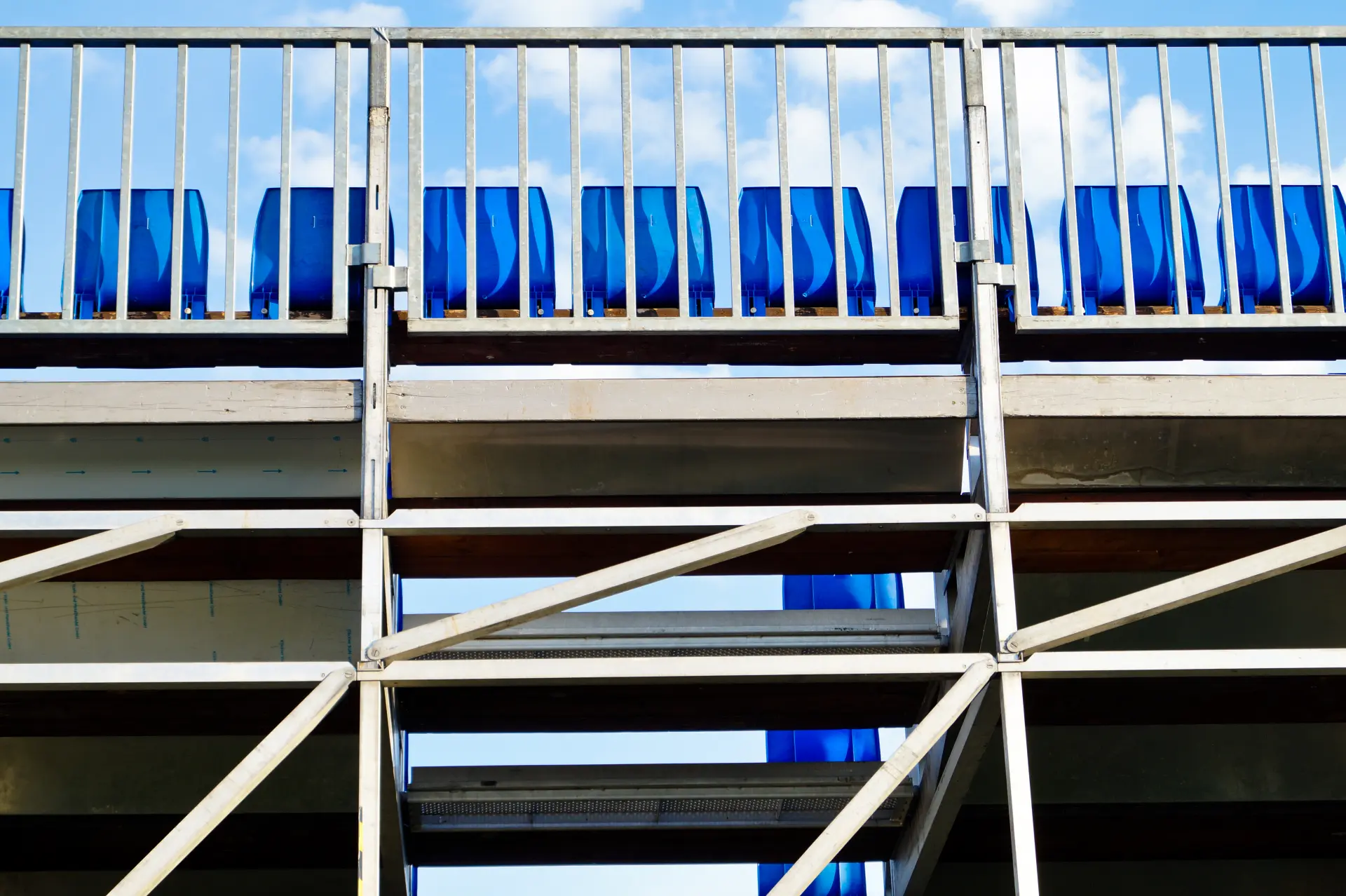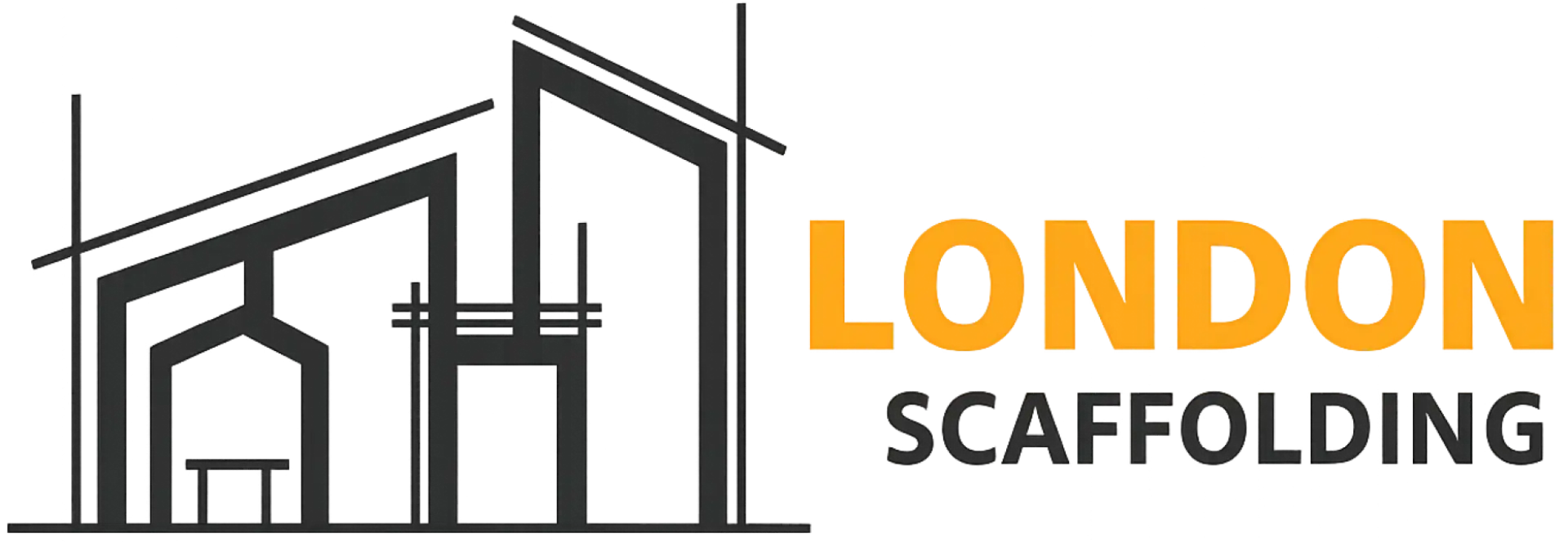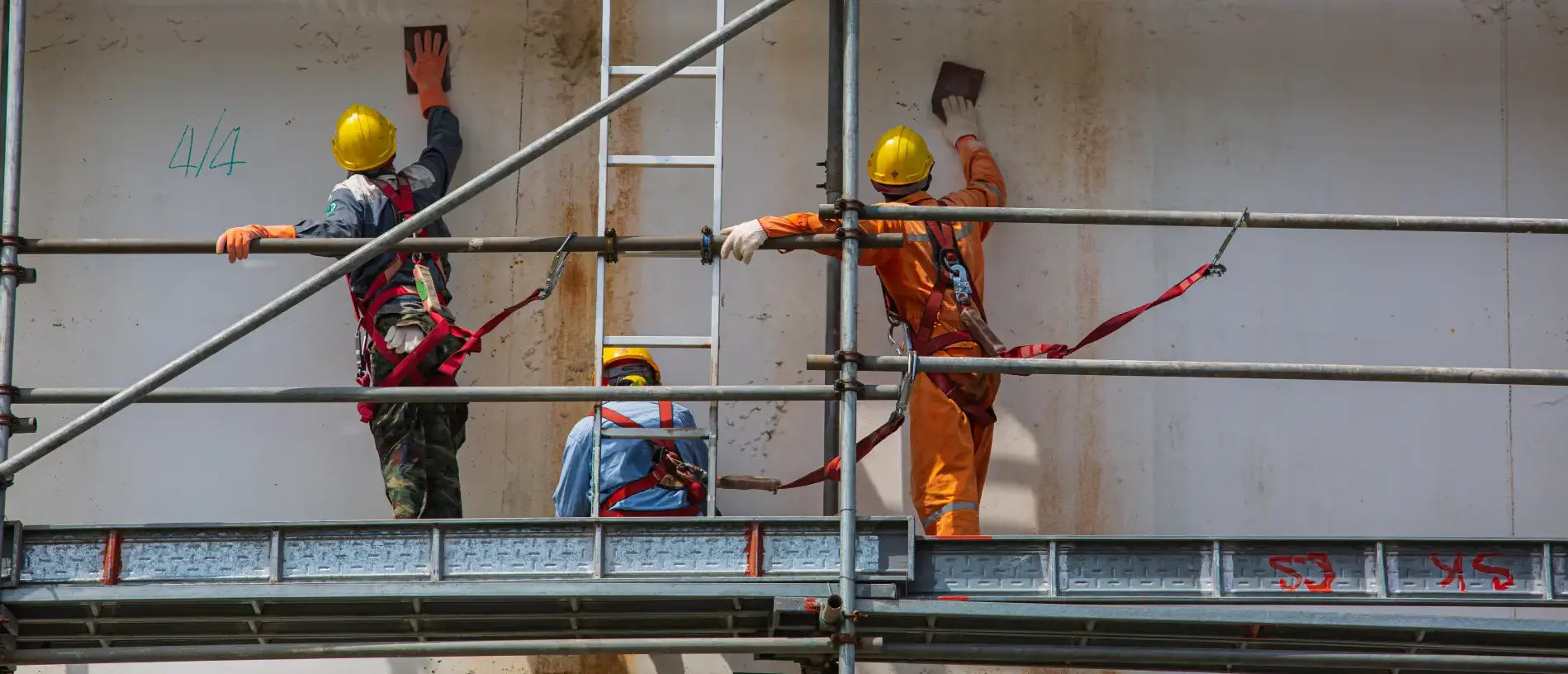Skipping Professional Installation
One of the most serious mistakes many homeowners unfortunately make is trying to set up scaffolding without any professional help. While it may seem like an easy way to save money, incorrect installation can create major safety risks. Scaffolding must be built on stable ground, secured properly, and fitted with the right safety features such as guardrails and access points. Without all this knowledge, it is easy to miss these details, which can lead to accidents.
Professionals not only know how to assemble scaffolding safely but also ensure it meets the right standards for the job. They can adapt the structure to suit the size and shape of the home, making sure it is strong enough to support workers and materials. This gives both workers and homeowners the confidence that the project can go ahead without unnecessary danger.
By skipping important professional installations, homeowners can risk injuries, delays, and even cause lots of damage to their property. The cost of hiring trained installers is small compared to the potential risks of doing it alone. For any home improvement project, professional scaffolding installation should always be the first step.
Ignoring Regular Safety Checks
Another mistake many make is failing to carry out the proper safety checks once the scaffolding is in place. Even if it has been thoroughly and correctly installed, scaffolding can become unstable as time passes due to harsh weather, heavy use, or shifting ground. Without frequent inspections, small issues like loose fittings, worn boards, or weak joints may go unnoticed until they cause accidents.
Safety checks are carried out to make sure the structure stays secure throughout the entirety of your project. Inspectors will start by checking the foundations to confirm they are stable, level, and not sinking into soft ground. If the base shifts, the entire structure becomes unsafe and may need adjusting or strengthening.
Next, all connections and fittings are thoroughly examined. Joints, clamps, and brackets are checked for any signs of wear or looseness. And any faulty parts are tightened or replaced to keep the frame strong and reliable. The platforms and boards are also inspected by professionals. Boards are reviewed for cracks, warping, or rot. Damaged boards are swapped out immediately, as they could collapse under weight.

Guardrails and toe boards are checked to ensure they are firmly in place and offering proper protection against falls. At the same time, access points such as ladders or steps are reviewed to confirm they are safe and easy to use.
Finally, inspectors consider the impact of the weather. High winds, hailstorms or heavy rain can weaken or shift the structure, so checks may include looking for water damage or moving supports after storms.
By ignoring these important checks, homeowners increase the risk of injury and property damage. Plenty of inspections over time help spot and fix problems early, keeping scaffolding safe, reliable, and ready for use throughout the project.
Using Scaffolding on Uneven Ground
Setting up scaffolding on uneven ground is a huge mistake that can lead to a number of serious safety problems. Scaffolding must always be placed on a stable and level base; it is the number one rule when erecting these platforms. If it is built on sloped, soft, or rough ground without proper preparation, the structure can shift, tilt, or even collapse. This puts both workers and homeowners at risk of accidents.
When scaffolding is used on uneven surfaces, extra care and the right equipment are required. Professionals can often use base plates, adjustable legs, or sole boards, and these help to create a more level foundation. These additions spread the weight evenly and stop the structure from sinking into softer areas. Without these supports, the scaffolding cannot carry the load safely.
It is also important to check the ground conditions as frequently as possible. Rain, frost, or general movement of the soil can change how stable the base is. If the surface weakens, the scaffolding may need adjustments to keep it safe.
Failing to Secure Guardrails and Platforms
Guardrails and platforms are some of the most important parts of any scaffolding system, as they are what give safety and stability to those working at height. A frequent mistake is failing to secure them properly during the initial setup. Without firm guardrails, workers have little protection against falls, which can lead to serious injuries. Similarly, any loose or unstable platforms will increase the risk of slips, or they could collapse under the weight. Guardrails should always be installed at the correct height and locked securely in place. They act as a barrier that prevents workers, materials, or equipment from falling from the edges.

Platforms, on the other hand, must be checked to make sure they are completely level, fixed tightly, and able to carry the expected load without bending or shifting. Regular inspections are also key, as even properly secured parts can loosen over time due to constant use or changes in weather.
By checking guardrails and platforms frequently, any issues can be fixed before they become dangerous. Failing to secure these essential features not only puts workers at risk but also creates hazards for homeowners and anyone nearby.
Properly fixed guardrails and stable platforms make scaffolding safe, reliable, and fit for purpose throughout the entire project.
Not Wearing Proper Safety Gear
Other mistakes some have made when using scaffolding include failing to wear the right safety gear. Even with a secure structure in place, accidents can still happen, and protective equipment is the last line of defence against serious injury. Without it, both workers and homeowners put themselves at unnecessary risk. This gear involves hard hats to avoid falling objects, non-slip boots for stability on all platforms, and gloves for better grip on your tools or materials. Harnesses can sometimes be a wise idea, especially if you're working at height.
Each item plays a vital role in reducing the chance of injury. It is also important that safety gear is worn correctly and kept in good condition. Damaged or ill-fitting equipment can be almost as dangerous as not wearing any at all. Plenty of checks and replacements ensure that protective gear continues to do its job properly. By not wearing the right safety gear, workers will increase the risks when carrying out tasks up high and reduce the effectiveness of their scaffolding itself. Proper equipment not only keeps individuals safe but also helps projects run smoothly and without unnecessary setbacks.
London Scaffolding provides roof scaffolding supply in and around London. Our company provides a range of domestic scaffolding services for roof repair in London.

